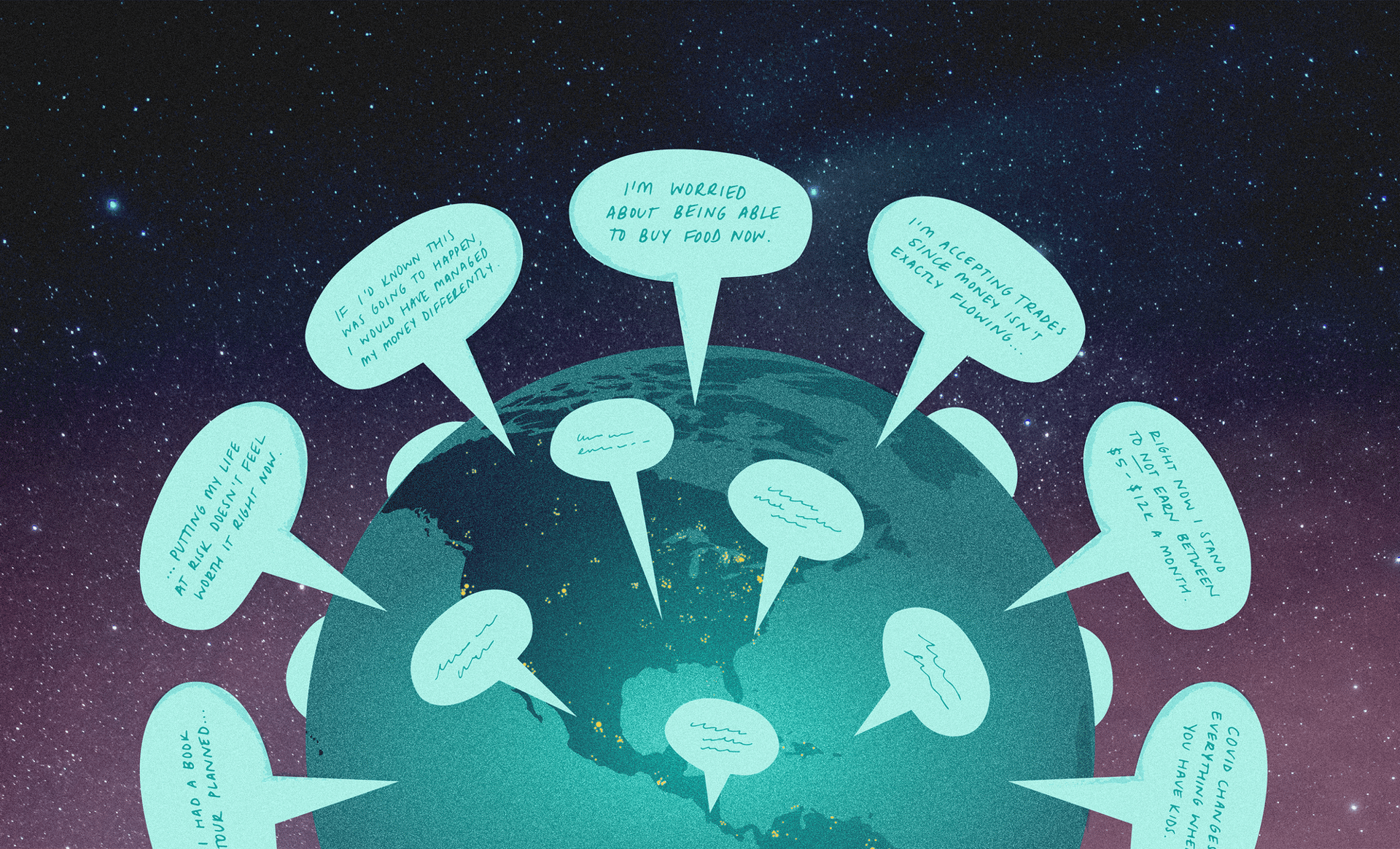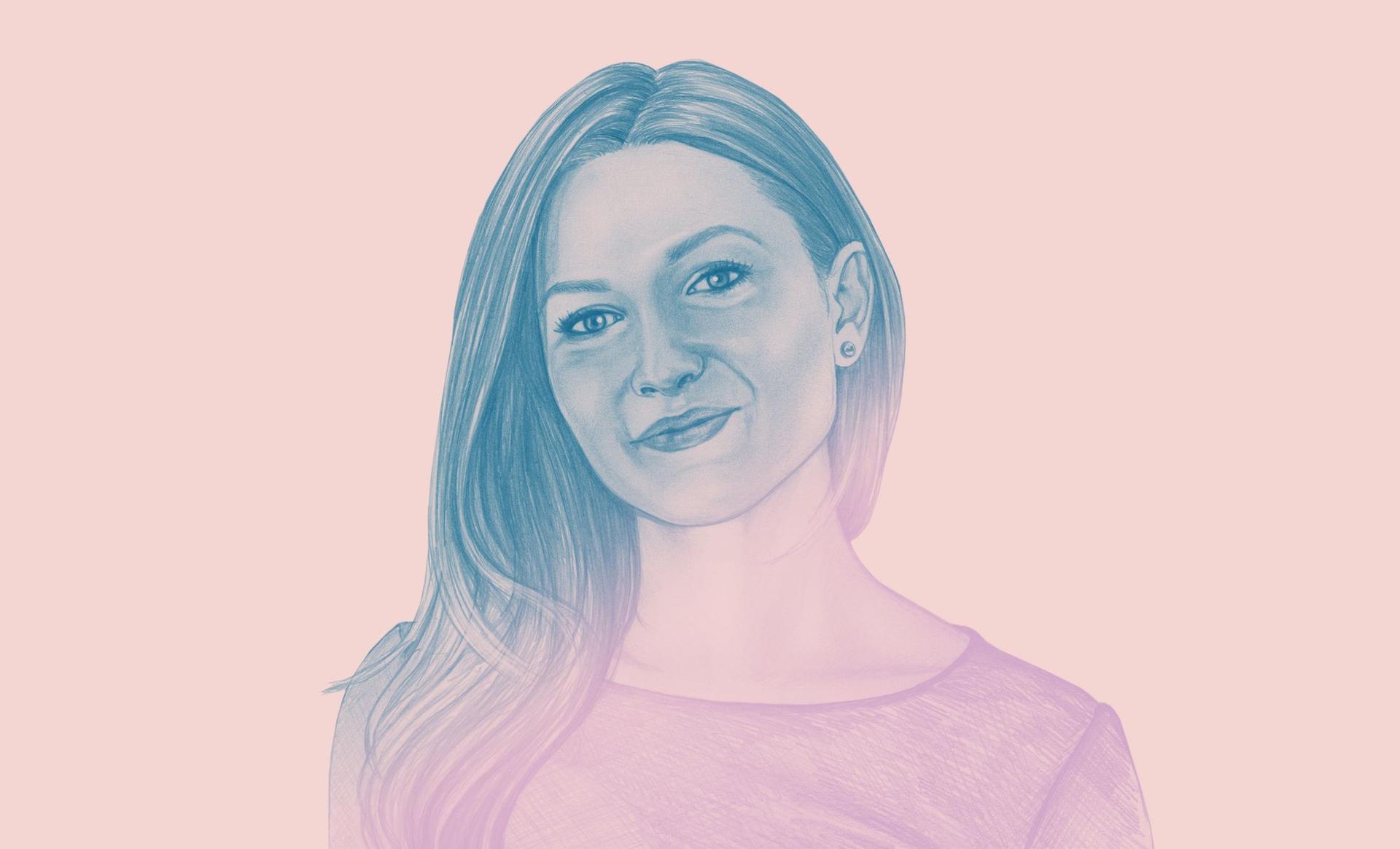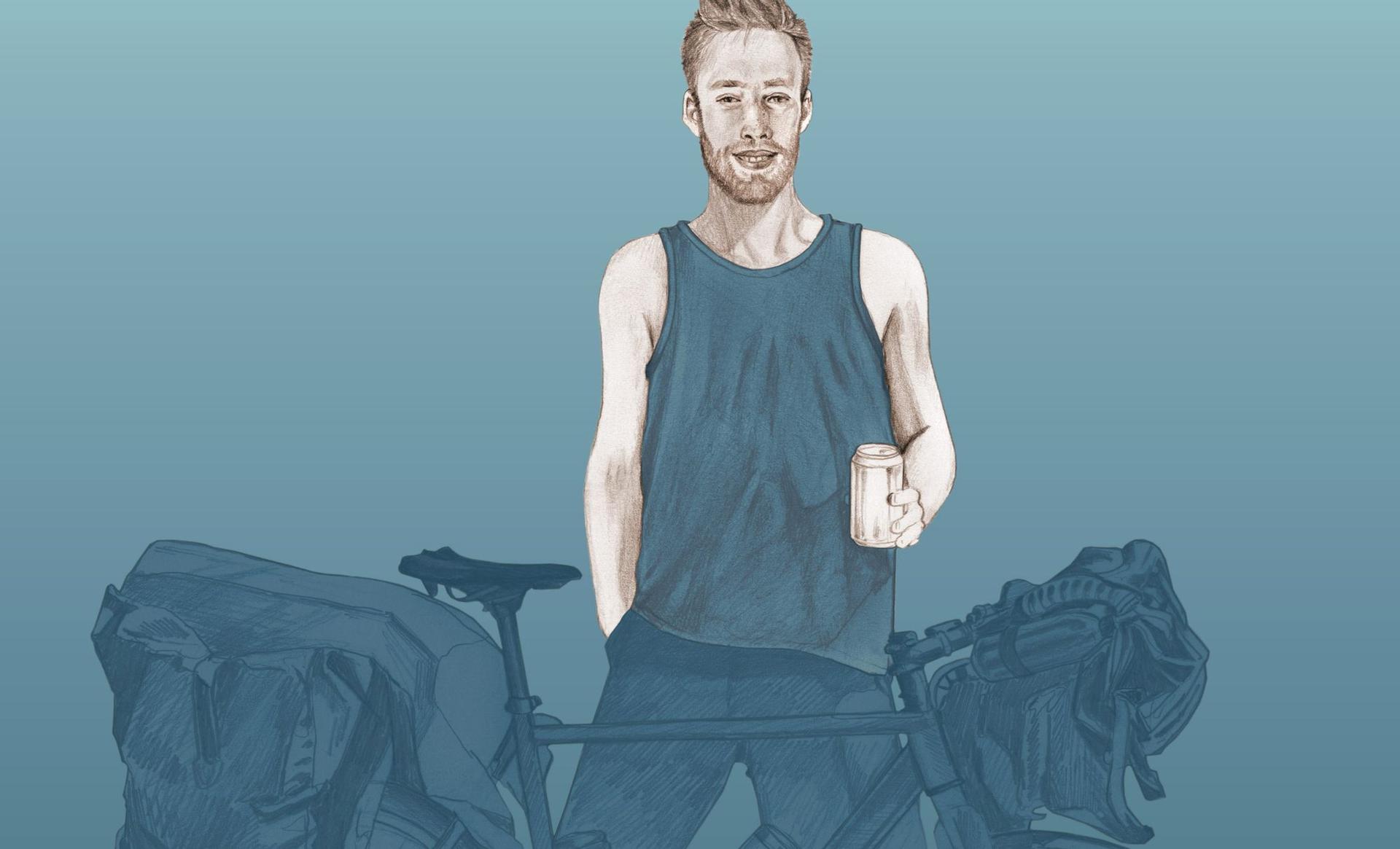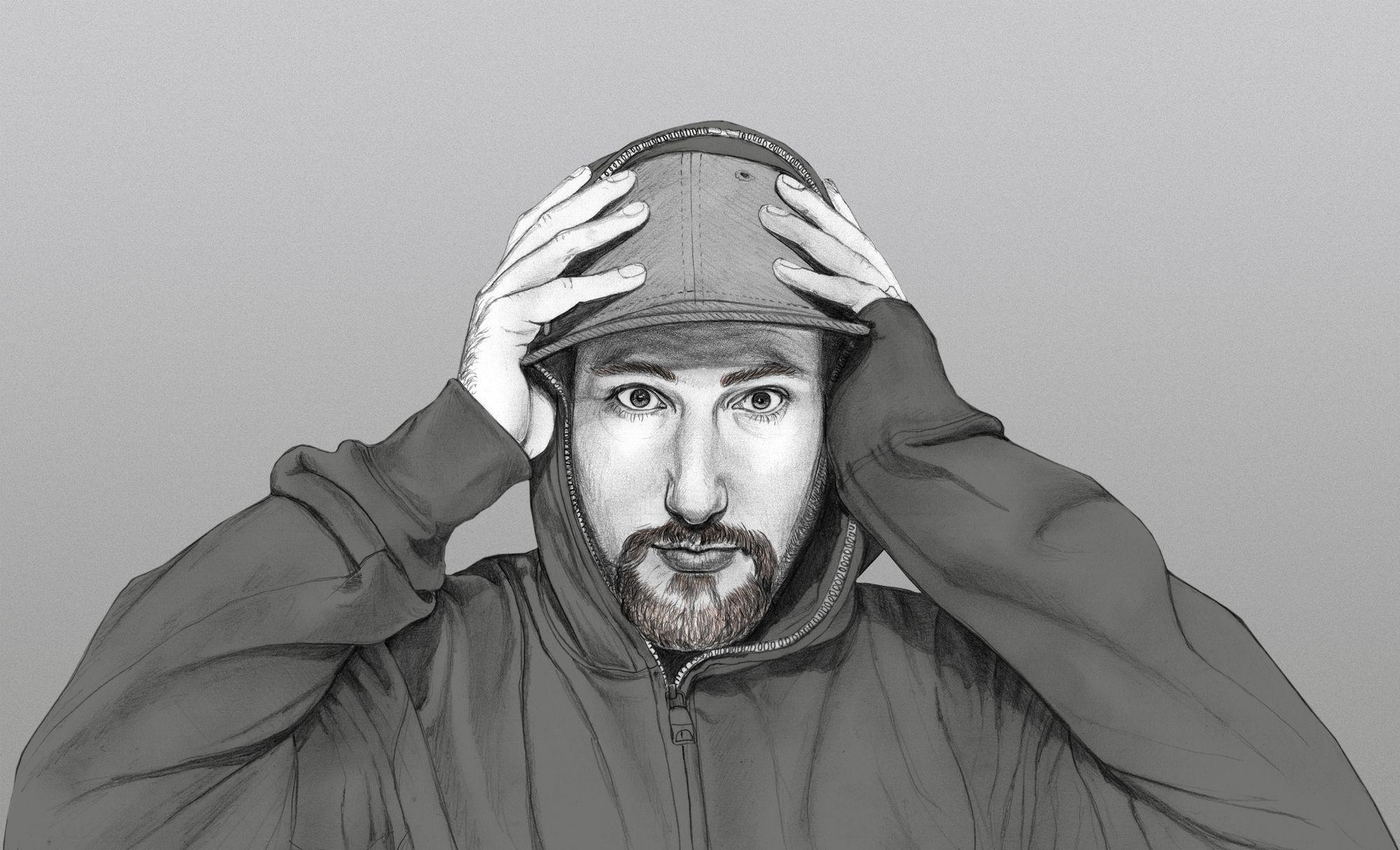
Money Diaries
The Founder of StockX on Living the Sneaker Economy
Josh Luber, the man behind the stock exchange of sneakers, explains how he helped found a market index for our most transient commodity: coolness.
Wealthsimple makes powerful financial tools to help you grow and manage your money. Learn more
Wealthsimple is an investing service that uses technology to put your money to work like the world’s smartest investors. In “Money Diaries,” we feature interesting people telling their financial life stories in their own words.
The Jordan 5 Grape.
That was my first love. The first sneaker I really fell for. Until then, there had been Air Jordans — mostly in Chicago Bulls colours: white, red, black. Then, all of a sudden, in 1990, the Jordan 5s came out and they were available in purple and teal! That was a total head-turner. I remember I was in camp and some kid walked in with them. I was just like, What is that?
I’ve said many times that sneaker collectors all have one story: “I always wanted Air Jordans. My mother wouldn’t buy me Air Jordans. As soon as I got some money, I bought Air Jordans.” There was no way my mom was buying me a $150 pair of basketball shoes. She worked as a dental hygienist and my dad is a lawyer. We were very middle class but we lived in one of the wealthier neighbourhoods — like, the least expensive house in the neighbourhood with the best school district. I’d say half the kids I went to high school with got a car when they turned 16. That was never going to happen for me.
I think the most expensive shoe ever sold on the site was the Nike MAG, which is the auto-lacing shoe from
I got an allowance. I don’t remember the number, but I had to do a certain number of chores in exchange for it, and I had to buy my own lunch. At this point, I was just obsessed with Nike and basketball. My whole room was covered in posters. And I collected baseball caps and baseball cards. I knew my allowance wasn’t enough to pay for that, so I started my first big business in the sixth grade. I sold gum.

Sign up for our weekly non-boring newsletter about money, markets, and more.
By providing your email, you are consenting to receive communications from Wealthsimple Media Inc. Visit our Privacy Policy for more info, or contact us at privacy@wealthsimple.com or 80 Spadina Ave., Toronto, ON.
See, there was a grocery store on the other side of the fence in my backyard. I would hop the fence and buy packages of gum. You could buy 4 packs of Bubblicious, with 5 pieces in a pack, for $1. So: 20 pieces for a dollar. I could sell the gum in school for 25¢ a piece, which is $5 on a $1 investment. Pretty good return. The problem was there were 4 different flavours — orange, watermelon, Coca-Cola, and grape — and nobody liked orange. So, I had a misbalanced inventory problem. At one point, I had 132 pieces of orange gum that nobody had eaten. Eventually this bully in my class tried to steal the bag of orange gum and our social studies teacher confiscated it, which was the end of my sixth-grade gum career. Later, in the ninth grade, I sold Blow Pops. Massive margins!
But that also got shut down. I think fundamentally you’re not allowed to sell gum or candy in school.
I started collecting hats. At one point I had something like 180 hats. But what happens is that, as your wallet expands, you move on to bigger things. And I moved on to sneakers. I guess my wife is probably happy that it’s stopped there — I haven’t moved on to watches or cars or something. But as soon as I got out of college and got my first job, I went down to the mall, walked into the sneaker store and bought a pair of Air Jordan 11 Concords. I played basketball in those shoes for one year and I felt like the coolest kid ever.
I spent a whole afternoon calling each investor, telling them their money was gone. That’s something I’ll remember for the rest of my life.
When I got out of college, I worked for a furniture store, in their corporate office. But the company was going into bankruptcy. And at some point it came time to lay me off. I was 23 years old, very naïve, and they had to explain unemployment insurance to me. I was like, “hold on. I get $323 a week for the next six months for doing nothing?” They said, “yeah, that’s how Unemployment works.” I was like, “sign me up!”
I went home, partied all weekend, and on Monday, I started my first business.
Recommended for you

Roxane Gay on Financial Independence: 'The Most Important Thing a Woman Can Do for Herself'
Money Diaries

Natasha Rothwell's Character in “The White Lotus” Finds an Angel Investor. Her Real Life Didn't Quite Work That Way.
Money Diaries

Money Diaries: Pride Edition
Money Diaries
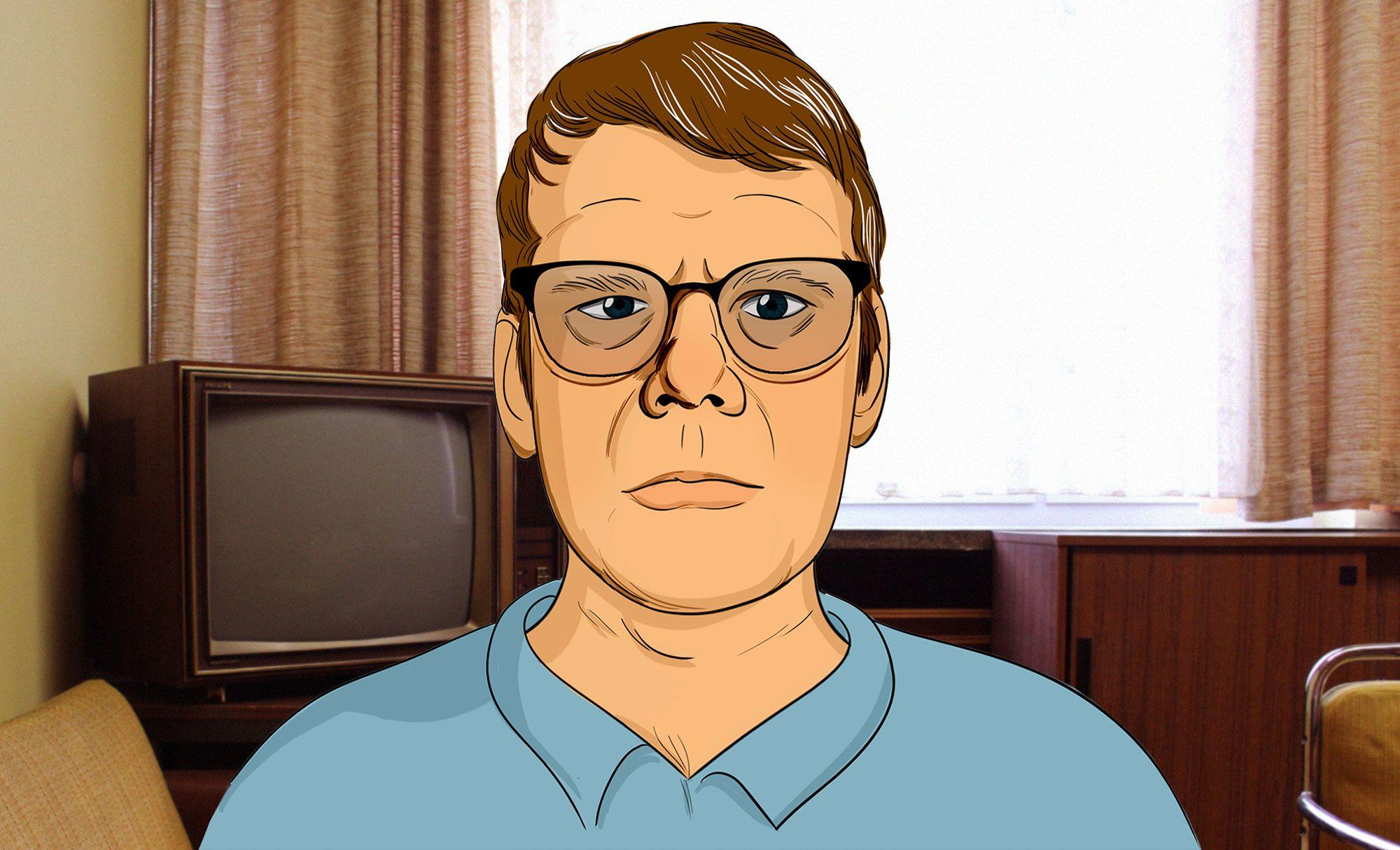
Cult Animator Carson Mell Decided Making Stuff Was More Important than College
Money Diaries
It was a home computer consulting company. Like Geek Squad before there was Geek Squad. I literally ran it out of my bedroom. I made no money and the company made no money, but I thought, “this is all I want to be doing.” I’d wake up in the middle of the night and start working and just keep going through the day. I started two more companies after that which had nothing to do with sneakers, but I shut down the last one during the big crash of 2008-2009 — right into the worst job market of my lifetime. We had raised a couple of hundred thousand dollars from friends and family to get that company off the ground, and I spent a whole afternoon calling each investor, telling them their money was gone. That’s something I’ll remember for the rest of my life.
I wound up working at IBM. In a million years, I never thought I’d end up working at IBM! If you’re a startup guy and you go work at IBM, the very first thing you do is start working on stuff on the side. This is right when the sneaker world was starting to go more mainstream, and a lot of it was on the back of Instagram. Think about it: all sneakerheads ever want to do is show off their kicks and see what other people are wearing. Suddenly Instagram allowed everyone to do that globally! So, I’m sitting there at IBM, doing all this deep data work, and I think, ‘I wonder if I could get a hold of some sneaker data.’ That was my next company.
I called it Campless and basically we cleaned up eBay data to create a price guide — a Kelley Blue Book for sneakers. The name was a play on the fact that people camped out for sneakers. Our tag line was “Know More. Camp Less.” Very witty, right? I was proud of that one. We became the default in the industry, we started selling our data to sneaker companies. But the whole time I’m wondering, ‘what is this thing? What is the business here? How do I get to leave IBM?’
The answer is that if you understood the value of a pair of sneakers, then you could create an actual stock market of sneakers. And that’s StockX.
When I say ‘stock market’ it’s all about the way the stock market connects a buyer and a seller. If you search “Air Jordan 3, black, size 10” on eBay, you’re going to get a thousand listings. You’re going to have to go through and figure out who you want to buy from, who you can trust, why one pair is $600 and another is $800. At StockX it’s the same as if you were looking for a share of Nike on the stock market: a single asset, in one place, bringing all buyers and sellers together. Once you have that underlying structure you can do all the other things you think of when you hear the term stock market: shorts, indices, fractional series, day trading… That’s absolutely the future. We’ve been concentrating on ‘IPOs’, where we work with the sneaker companies to release shoes directly into the marketplace. We did that with the “Ben Baller Did The Chain” sale in January. We released 800 pairs of those slides and got 10,000 bids over three days. Some people bid $50, one person bid $1 million for a red size 5.
Four years ago, I estimated the entire U.S. resell sneaker market to be about a billion dollars. Today, we’re almost that big on our own. So we’ve grown the whole market.
The two franchises that do the most activity right now are the Nike/Off-White collaborations — Off-White has done between 20 and 30 shoes for Nike and some are as much as 3 or four 4 thousand dollars — and then Yeezys, on the Adidas side. I think the most expensive shoe ever sold on the site was the Nike MAG, which is the auto-lacing shoe from Back to the Future. Only 87 pairs of that shoe were made and the one on StockX sold for 40 grand.
It’s really like Econ 101 at its most basic. It’s all supply and demand. Though I should say that the idea of sneakers as a long-term investment is kind of misleading. First of all, sneakers are made of leather and rubber and other things that deteriorate over time. But the market happens instantly. Say a pair of shoes is released at retail and you’re somehow able to buy it for the retail price — like a pair of Air Jordan Off-Whites for $190. Meanwhile, the secondary market is already at $2,000 — meaning you don't have to wait. You can sell those shoes instantly for like $1,800 more than you paid. I mean, who wouldn’t do that?
So, I’m sitting there at IBM, doing all this deep data work, and I think, ‘I wonder if I could get a hold of some sneaker data.’ That was my next company.
The cool thing is going into schools and seeing how teachers are using StockX to teach kids about economics, supply and demand, and the stock market. We have a guy on our board who became interested in this industry by buying and selling sneakers with his kid. I remember getting an email from a guy who was so relieved his son was selling sneakers instead of drugs. Lots of kids are learning a lot about business by using this thing.
Honestly, the only thing I spend my money on that I shouldn’t is sneakers and clothes. Like when I was growing up, we have one of the smaller houses in one of the nicer neighbourhoods. We don’t have extravagant cars or anything like that. My wife is somewhat of a minimalist; she would love it if we had nothing. I guess the majority of the money we spend is on babysitters and dinners and things like that. I want to use money to make our lives easier — especially my wife’s because I’m working and on the road a lot. Sometimes I think, do people hire butlers anymore? Someone to live with you and help take care of things? Like, I kind of want Geoffrey from Fresh Prince of Bel Air, you know? That guy was awesome.
As told to Brett Martin exclusively for Wealthsimple; transcript edited and condensed for clarity. Illustration by Jenny Mörtsell.
Wealthsimple's education team is made up of writers and financial experts dedicated to making the world of finance easy to understand and not-at-all boring to read.

